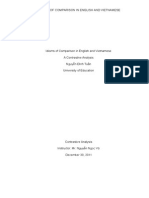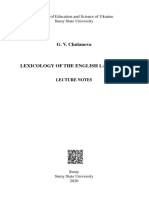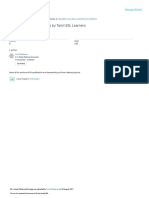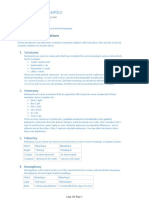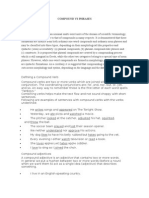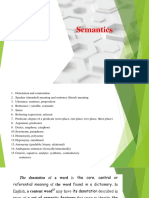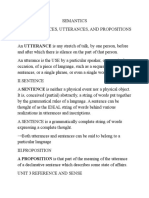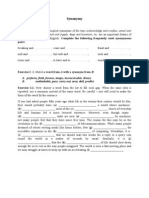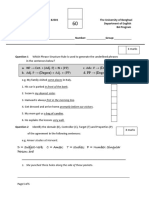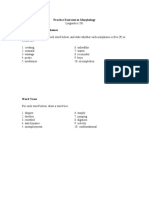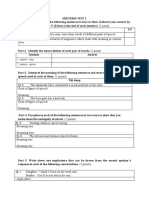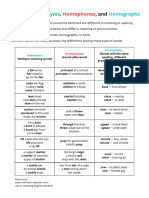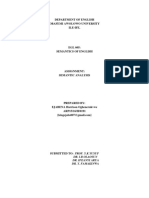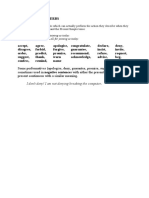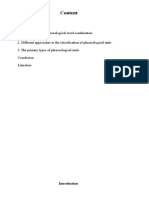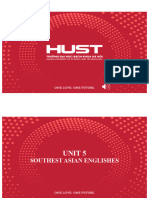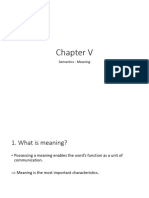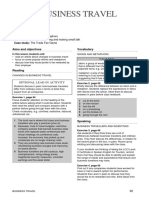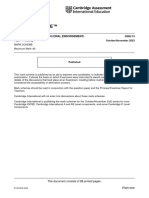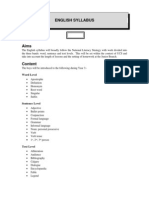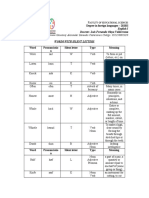0% found this document useful (0 votes)
113 views59 pagesChapter 8 - Set Expressions Phraseology
The document discusses phraseological units (PUs), which are stable word groups with specialized meanings. PUs are characterized by a double sense where the meanings of individual words differ from the overall unit meaning. They are distinguished from free word groups using semantic and structural criteria. Semantically, PUs convey a single notion through complete or partial transfer of meaning. Structurally, PUs cannot accept substitutions or additions without changing meaning and are grammatically invariant. PUs can be classified thematically by their origins in areas like sailing, hunting, or domestic life. While informative, traditional thematic classifications are not strictly etymological.
Uploaded by
Xuan Mai ĐàmCopyright
© © All Rights Reserved
We take content rights seriously. If you suspect this is your content, claim it here.
Available Formats
Download as PDF, TXT or read online on Scribd
0% found this document useful (0 votes)
113 views59 pagesChapter 8 - Set Expressions Phraseology
The document discusses phraseological units (PUs), which are stable word groups with specialized meanings. PUs are characterized by a double sense where the meanings of individual words differ from the overall unit meaning. They are distinguished from free word groups using semantic and structural criteria. Semantically, PUs convey a single notion through complete or partial transfer of meaning. Structurally, PUs cannot accept substitutions or additions without changing meaning and are grammatically invariant. PUs can be classified thematically by their origins in areas like sailing, hunting, or domestic life. While informative, traditional thematic classifications are not strictly etymological.
Uploaded by
Xuan Mai ĐàmCopyright
© © All Rights Reserved
We take content rights seriously. If you suspect this is your content, claim it here.
Available Formats
Download as PDF, TXT or read online on Scribd
/ 59

